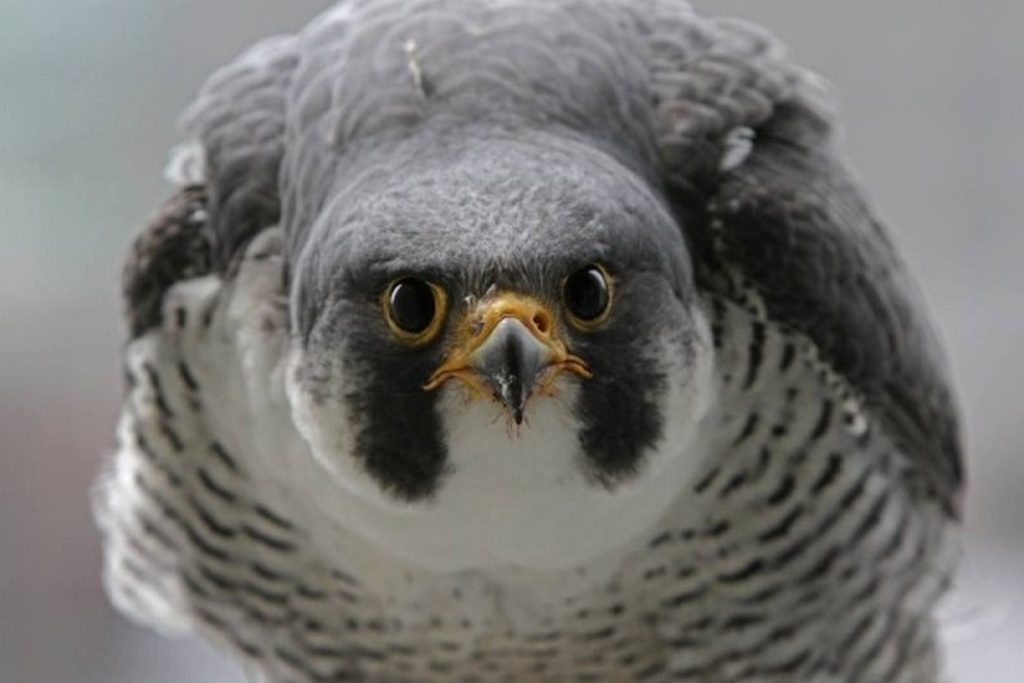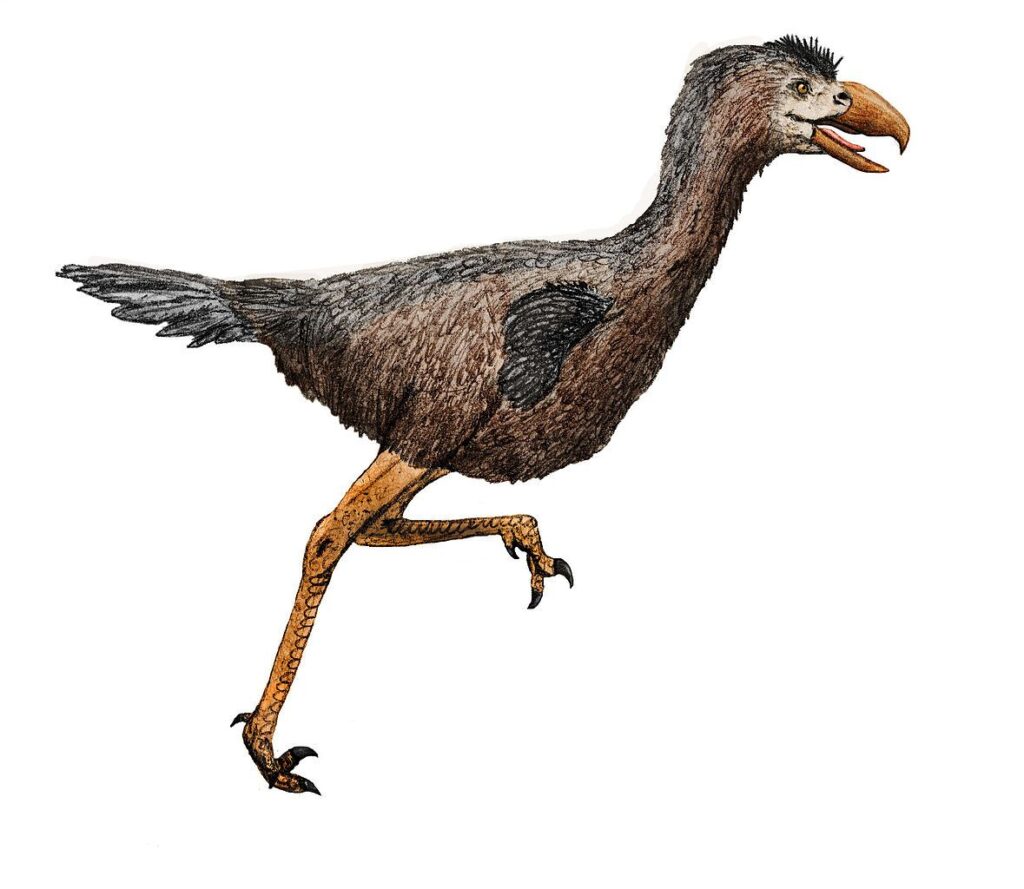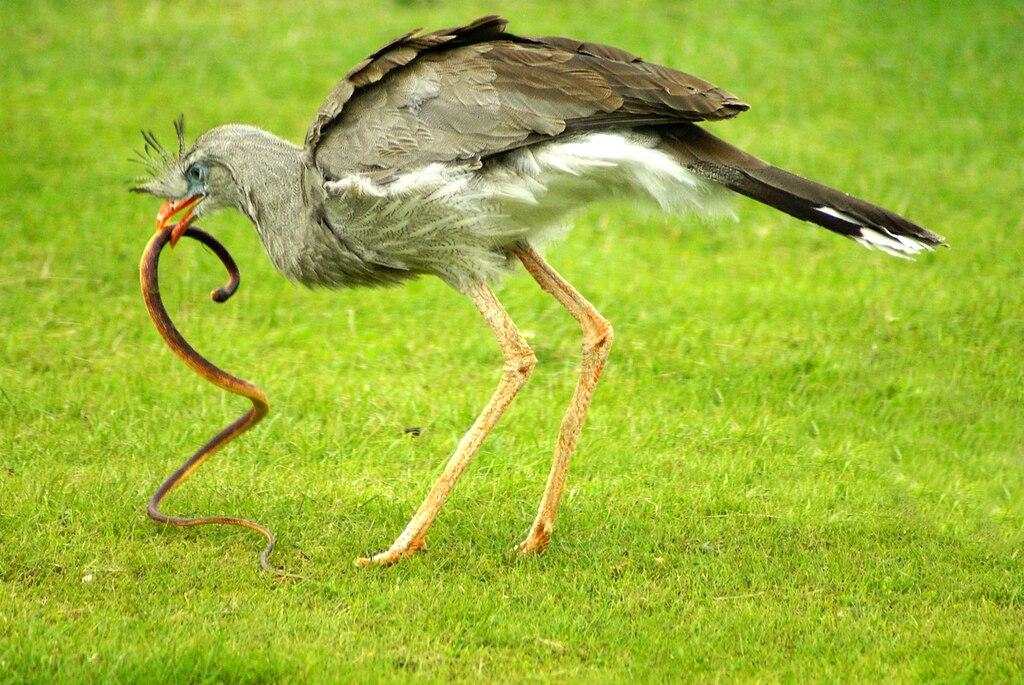This week a cute video of burrowing owls in Florida went viral on the web and prompted some questions about these adorable raptors.
Where do burrowing owls live? What do they eat? Was the Florida video taken in the wild?
Burrowing owls (Athene cunicularia) range from North to South America in dry, open areas with short vegetation and no trees. In the U.S. they live year-round in Florida, the Southwest and California and breed in the Western dry plains and high plateau.
These owls need wide open spaces but are not picky about humans nearby. They’ll happily dig or take over an existing burrow in remote locations as well as parks, vacant lots, pastures and campuses (Florida Atlantic University). So yes, that video in Florida with people in the background was taken in the wild.
Burrowing owls eat insects, rodents, snakes and whatever they can catch, but they are small so they are wary. They look cute when they stand tall but they’re actually watching for large raptors and mammals that might eat them.
How small are they? The video above shows a research project last summer at Boise State University in which the students learn to hold, measure and band the owls. What a privilege to learn about burrowing owls up close!
Don’t miss the end of the video when the owlets are released near their burrow. Yes, they really are cute.
p.s. Click here if you haven’t seen the Florida video.
(YouTube video from Boise State University, Boise, Idaho)












